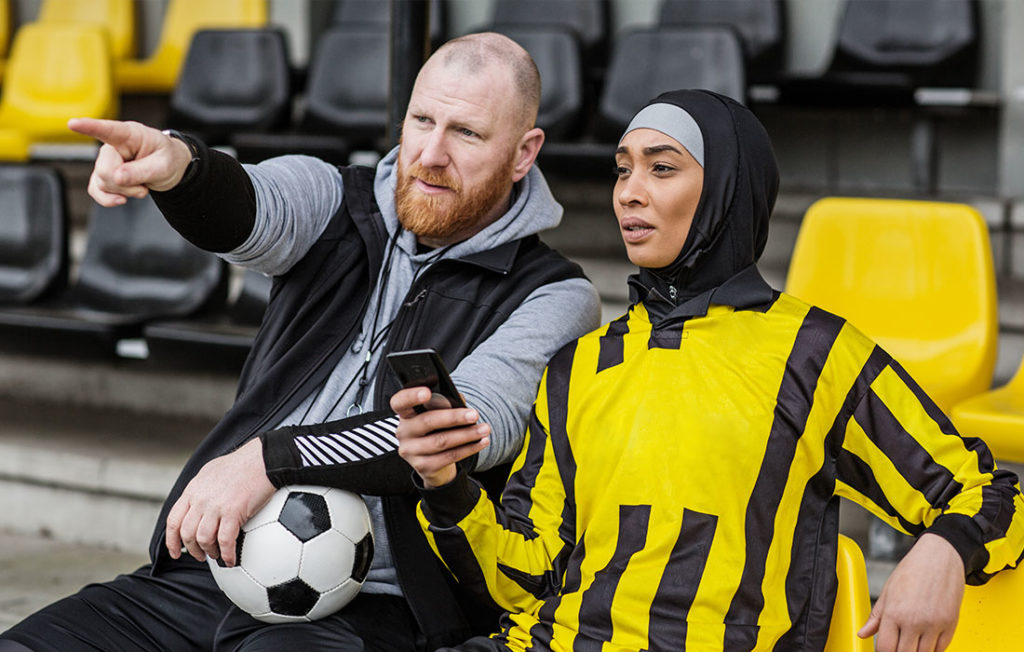If you see something, do something!

October was National Bullying Prevention Month but bullying is a topic that should be thought about, and talked about, all year long. You can play an important role in addressing bullying you see or learn about—by taking fast action through a process known as Bystander Intervention.
We all make decisions about if and how to intervene when we notice bullying or other concerning behavior. While we may sometimes respond without thinking systematically, it’s worthwhile to be aware of the five steps in the bystander intervention process.
These five steps are:
- Notice a concerning or harmful event is happening (or may happen)
Is there anything about this situation that concerns me? - Decide whether action is needed in the situation
This is a gut-check moment. Does something need to be done? - Assume responsibility for acting or delegating
Is it my responsibility to do something? If I don’t, who will? - Figure out your options for intervening and identify risks and barriers to acting
What actions can I take comfortably and safely? What might make it hard to do something? What power do I have in this situation? - Understand how to carry out the action safely
How will I keep myself safe while taking this action? What might help the person being harmed feel safer in this situation?
In working with young athletes, you may sometimes need to intervene even when the person being harmed doesn’t want you to get involved. If this happens, try to balance their social, physical, and emotional needs with your responsibilities as a parent, coach, or other responsible adult.
In deciding how to respond, it can be helpful to think of 5 D’s:
Direct, Distract, Delegate, Delay, and Document.
- Be Direct: Say something in the moment, such as telling someone to stop their harmful behavior, that their inappropriate joke is not funny, or by asking someone being harmed if they want to leave.
- Distract: Create a diversion, like asking what time it is, changing the subject, or asking one of them to help you with a task.
- Delegate: Get someone else to address the concern, such as a supervisor, a friend of the individual acting inappropriately, or relevant authorities (like a building manager or security guard) if warranted.
- Delay: Buy time until it is safer to intervene or wait until you can have a private conversation with the individual acting inappropriately about your concerns.
- Document: Record the date, time, location, participants, and a summary of what happened. give the information to someone with more power to act.
There is no one best way to intervene in a situation: sometimes a combination of several responses is appropriate. But doing something is more helpful than ignoring the situation. If you choose not to directly intervene in the moment, think about ways you can address the behavior later. No matter what you choose to do, remember that no one can do everything, but everyone can do something.
